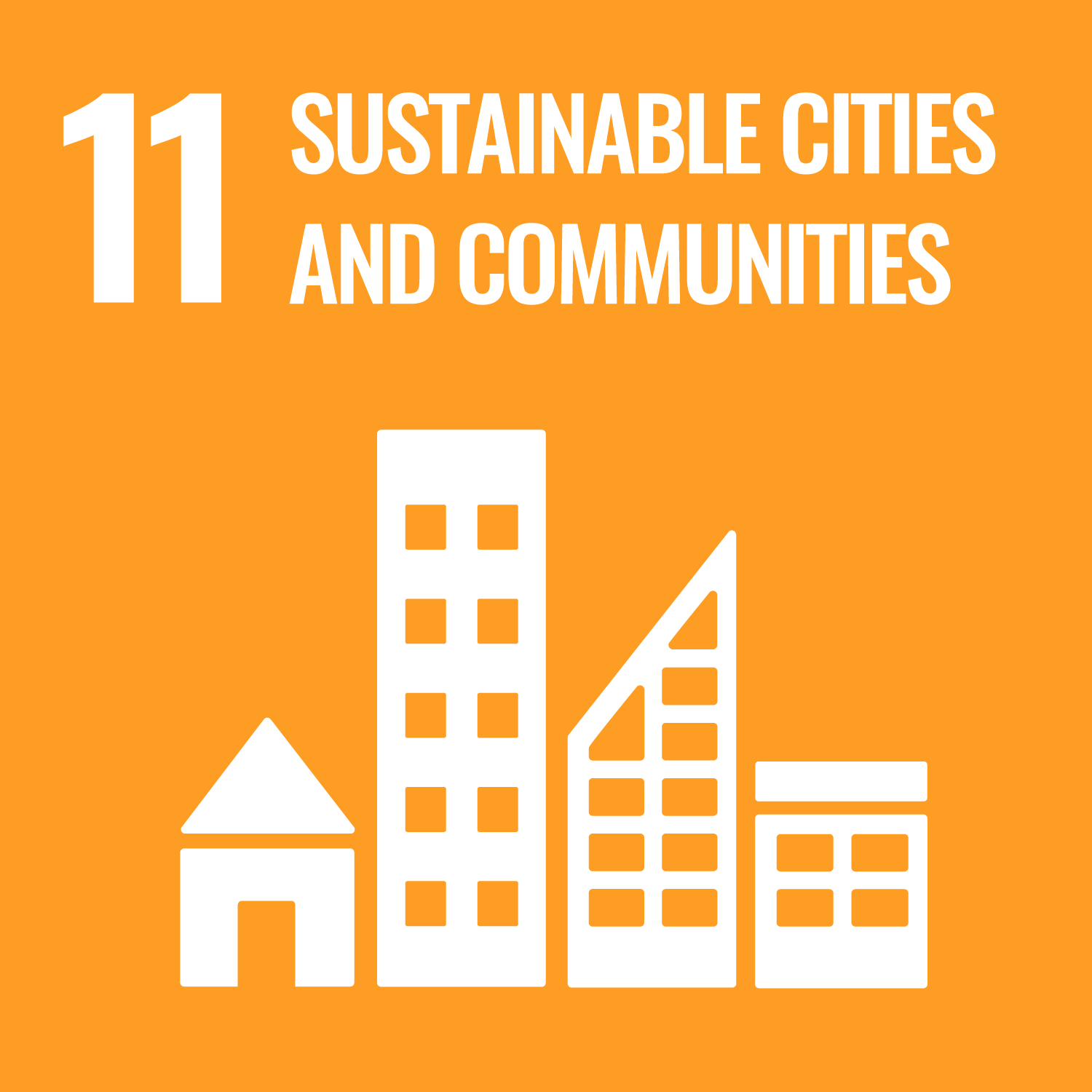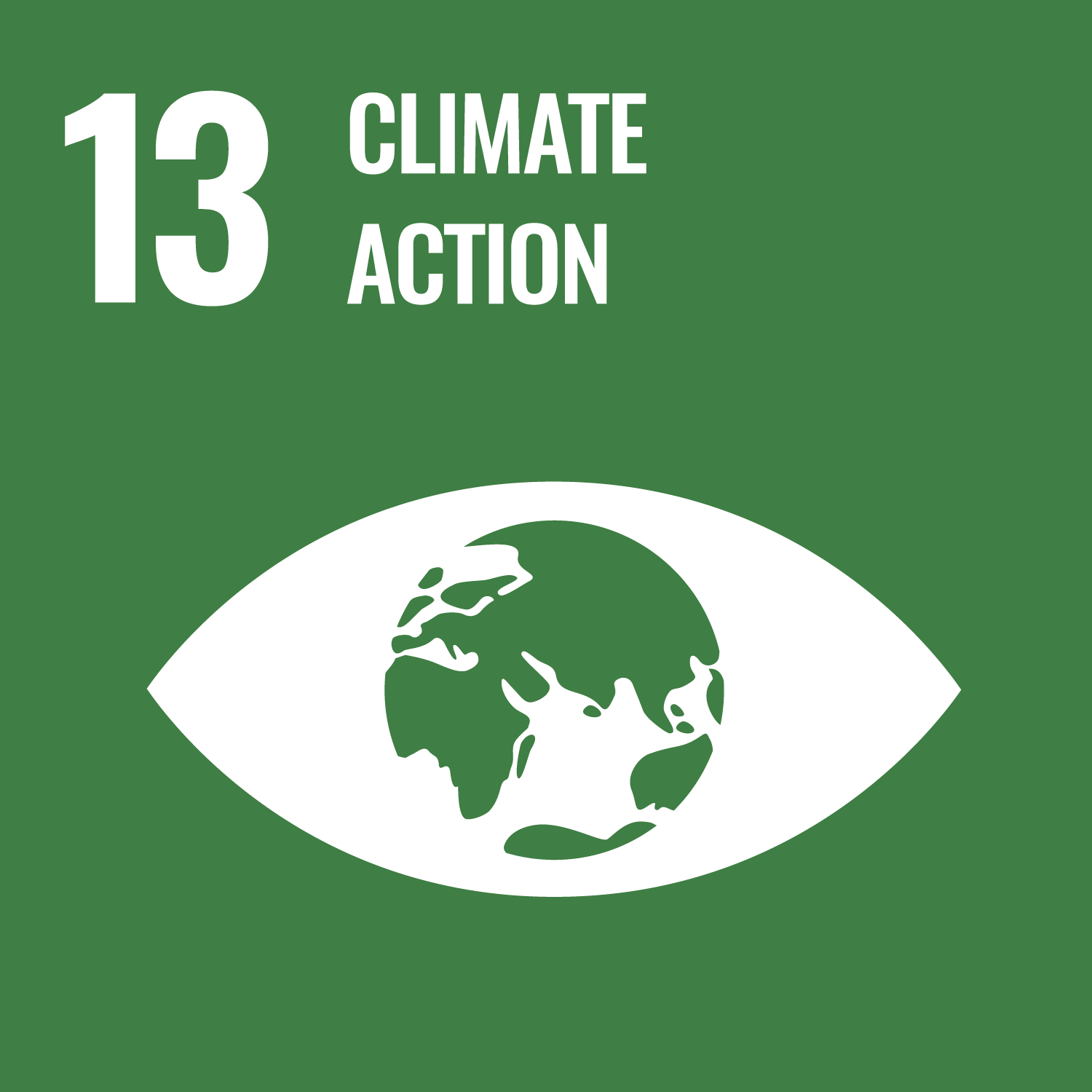The impact of increasing urbanization on insects and their adaptation to urban environments
Science Education Seminar Zoology Research Class
KURIWADA Takashi
Background and objectives of activities
Wildlife habitats are rapidly being replaced by urban environments. As a result, the wildlife that originally inhabited them will have no choice but to adapt to the urban environment, migrate, or become extinct. What will determine this is whether or not they can successfully evolve to cope with the rapid urbanization of change, which will be determined by the unique environment of the city and the characteristics of each organism. Therefore, understanding wildlife adaptation to urban environments is essential for the conservation and management of urban biodiversity.
Summary of Activities
Research focuses on crickets, which are easily manipulated in both urban and suburban habitats, to determine what traits evolve between urban and suburban areas. In particular, we are investigating how noise and artificial light from human activities affect cricket ecology and how to counteract these effects through field studies and laboratory experiments.

Expected Benefits
By clarifying the impact of the urban environment on wildlife, we believe we can gain fundamental information for sustainable urban planning, such as what kind of city can sustain biodiversity and what kind of environment is necessary for wildlife to coexist.
















